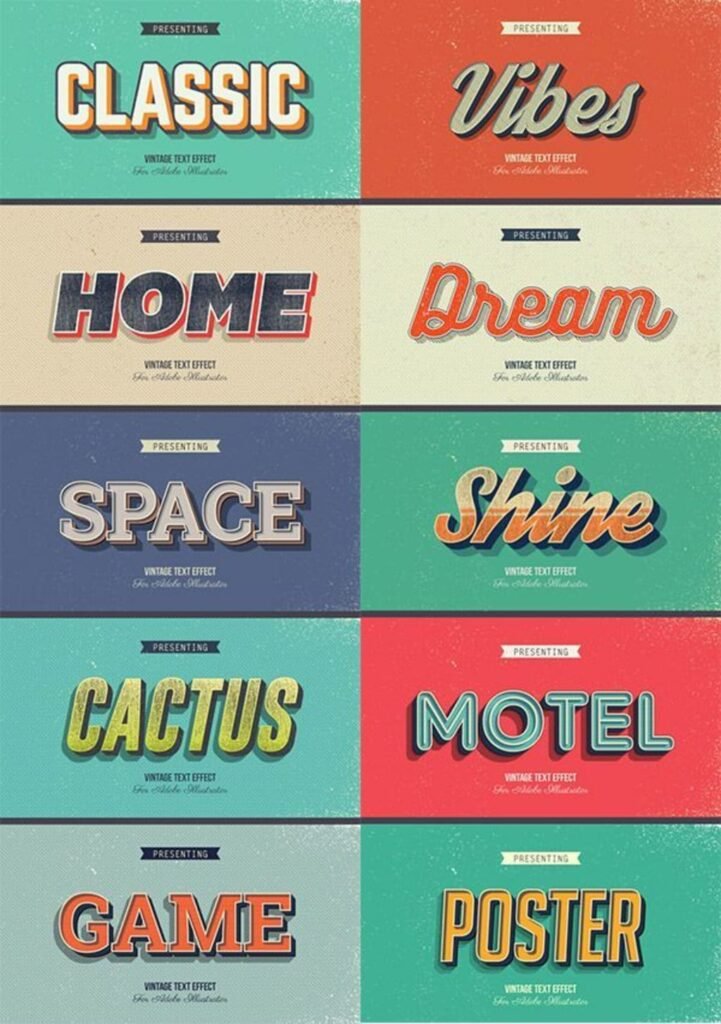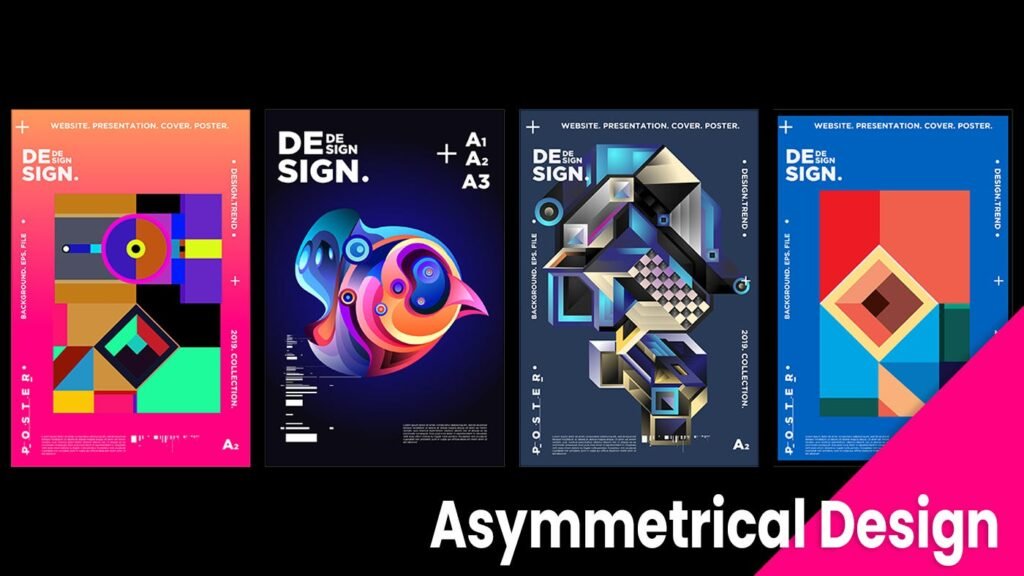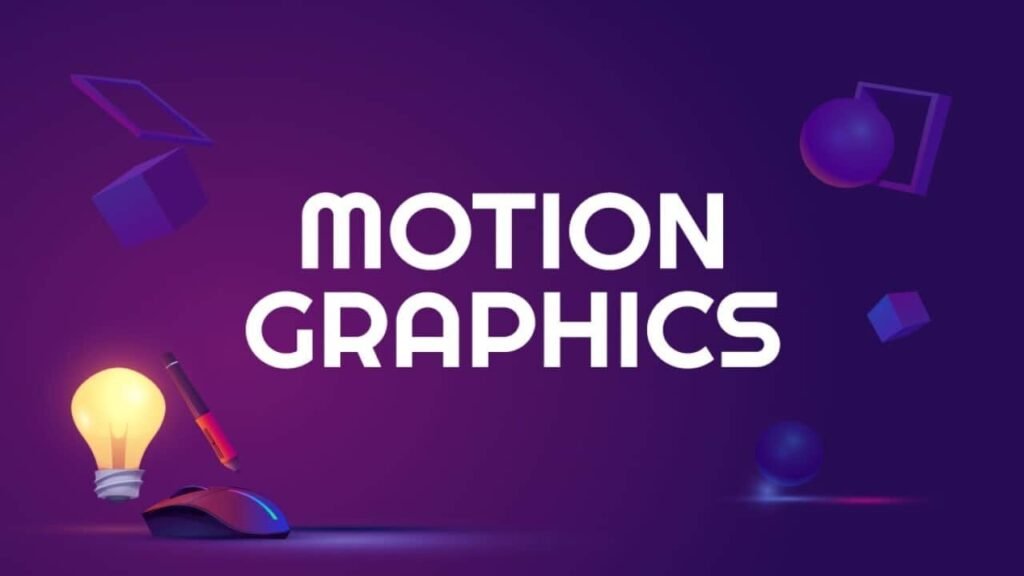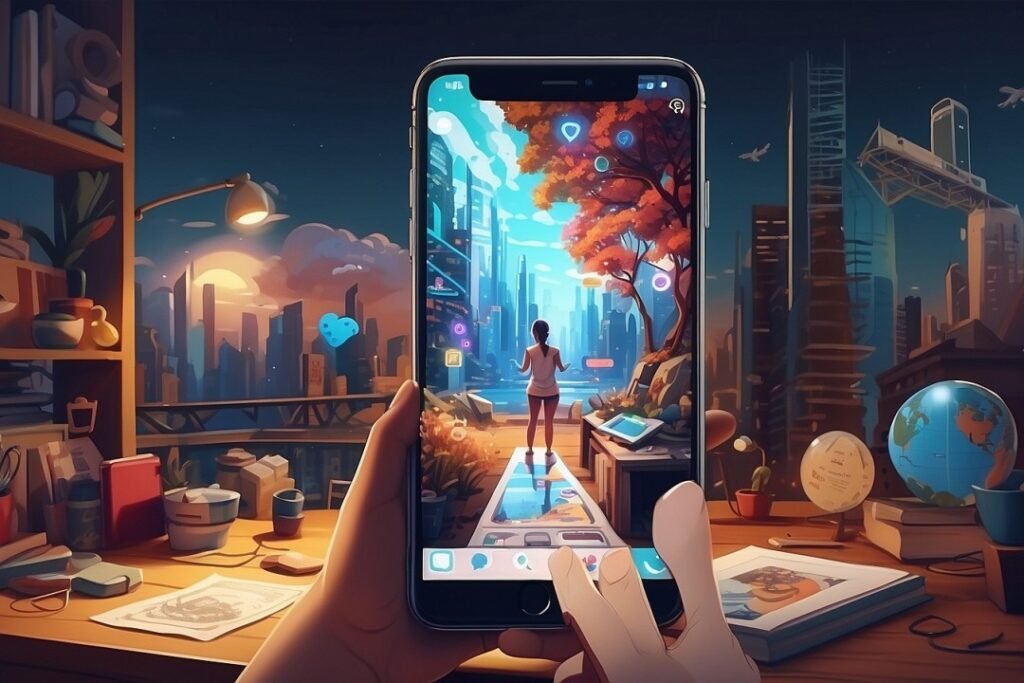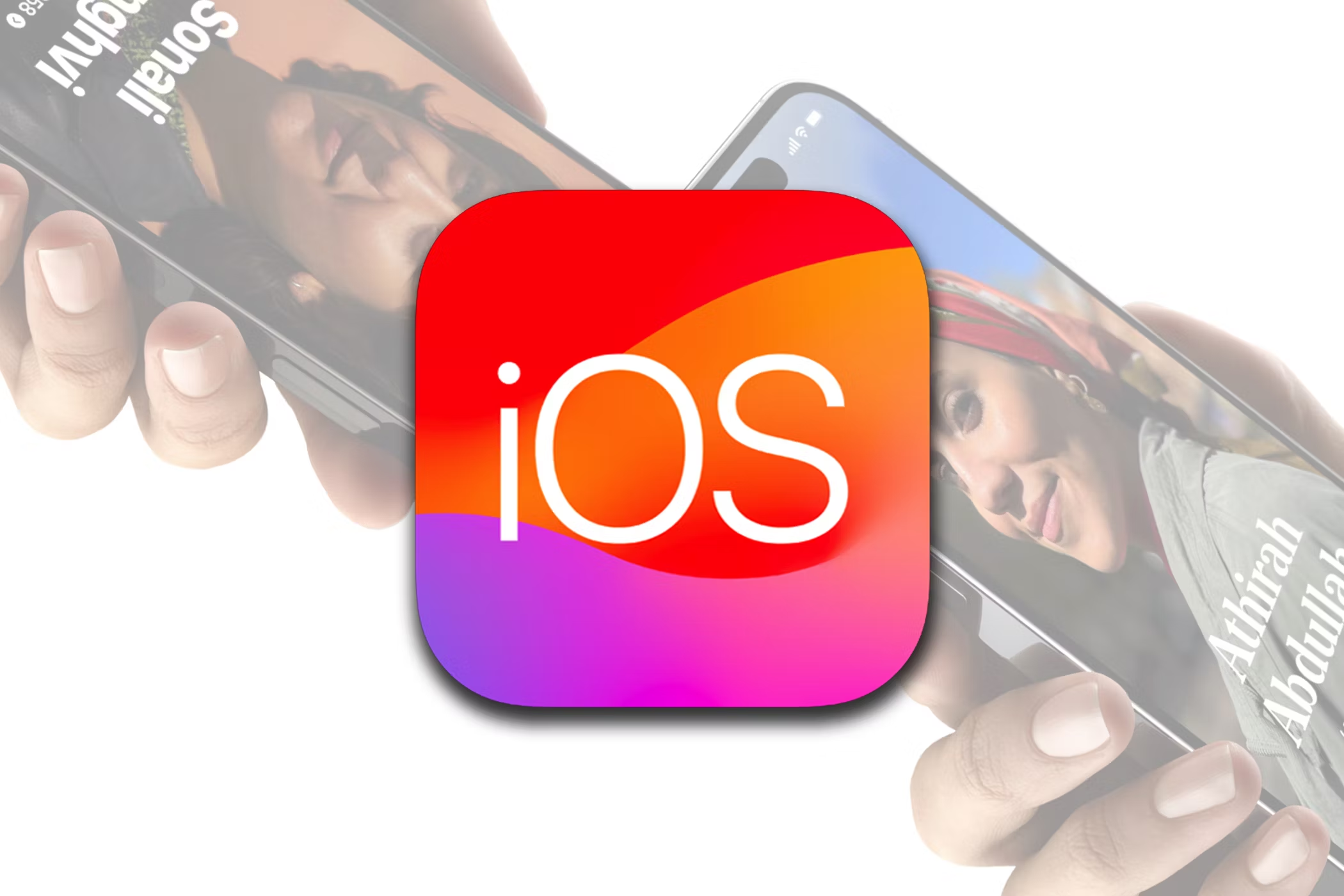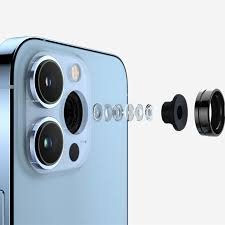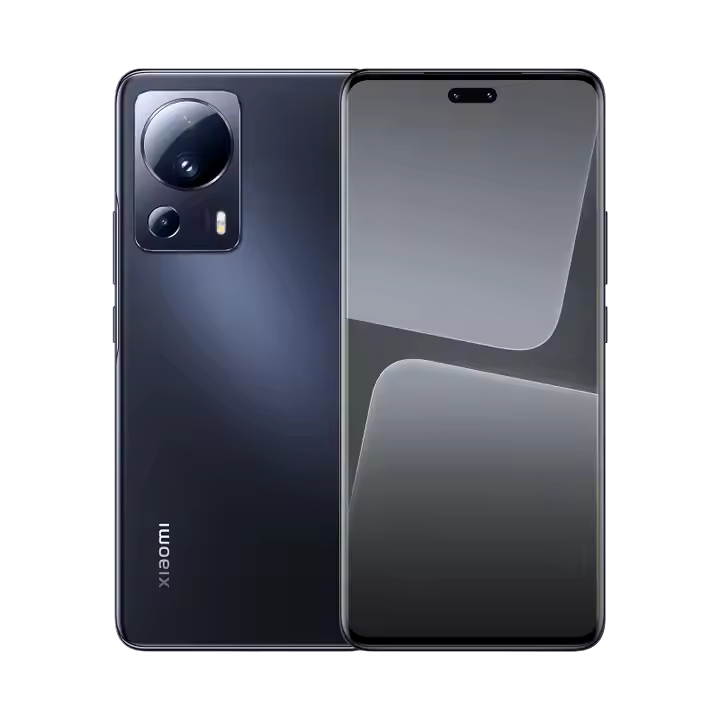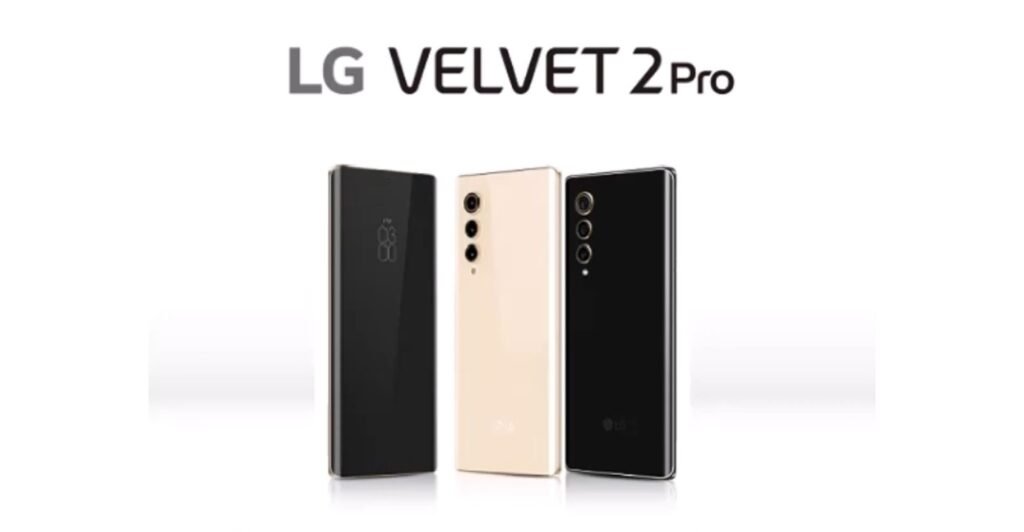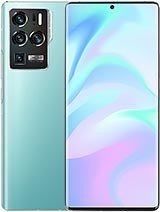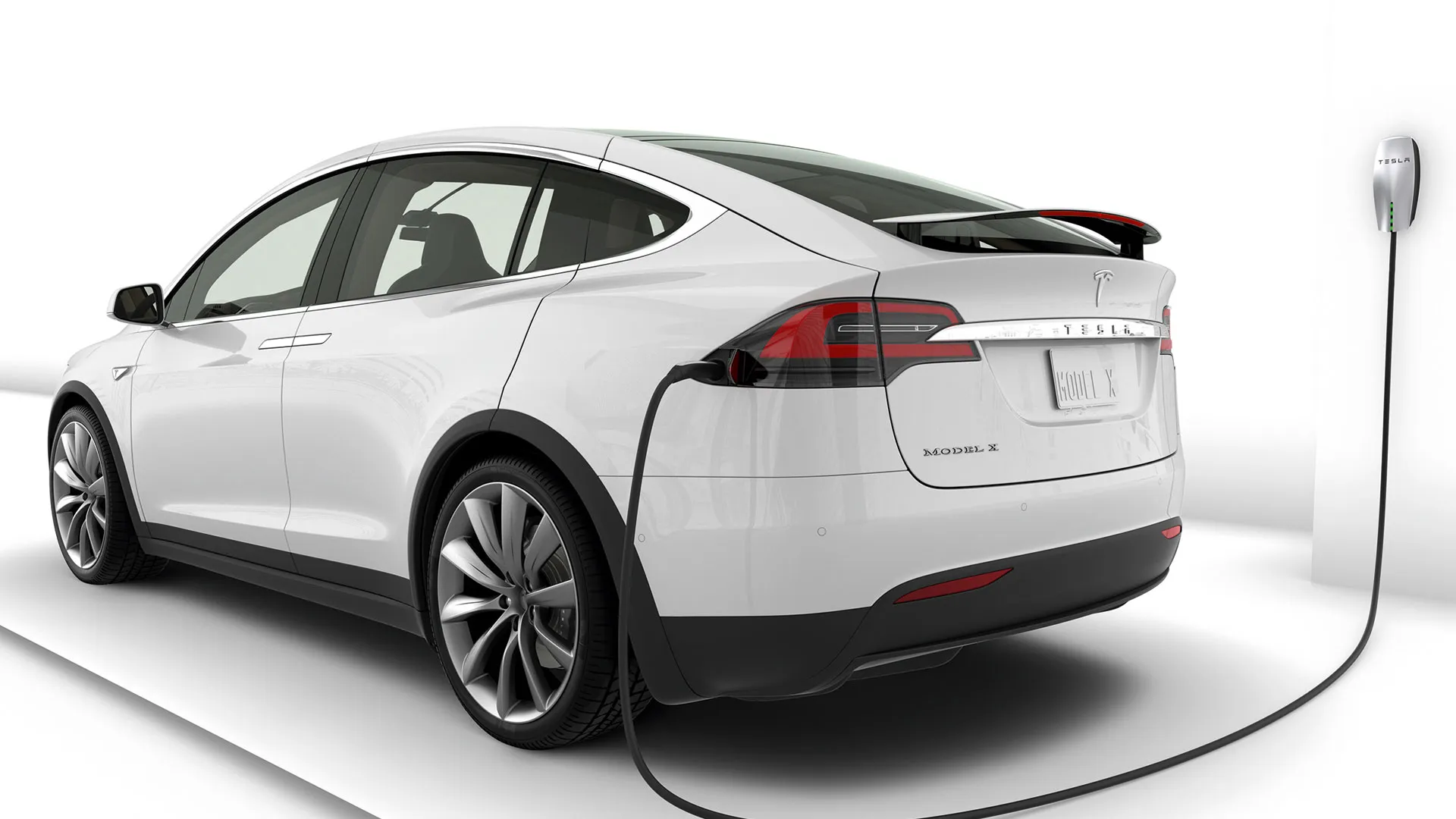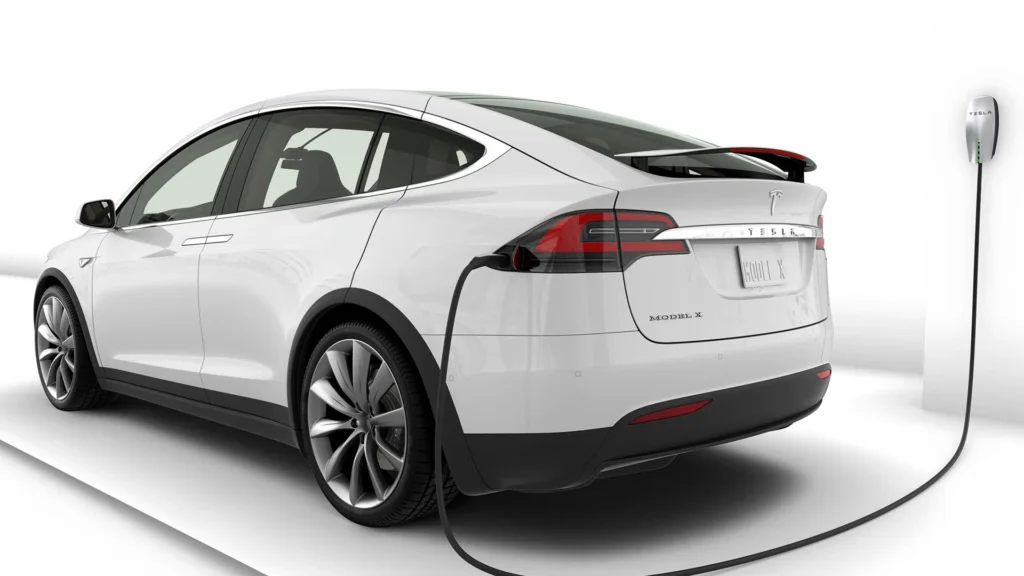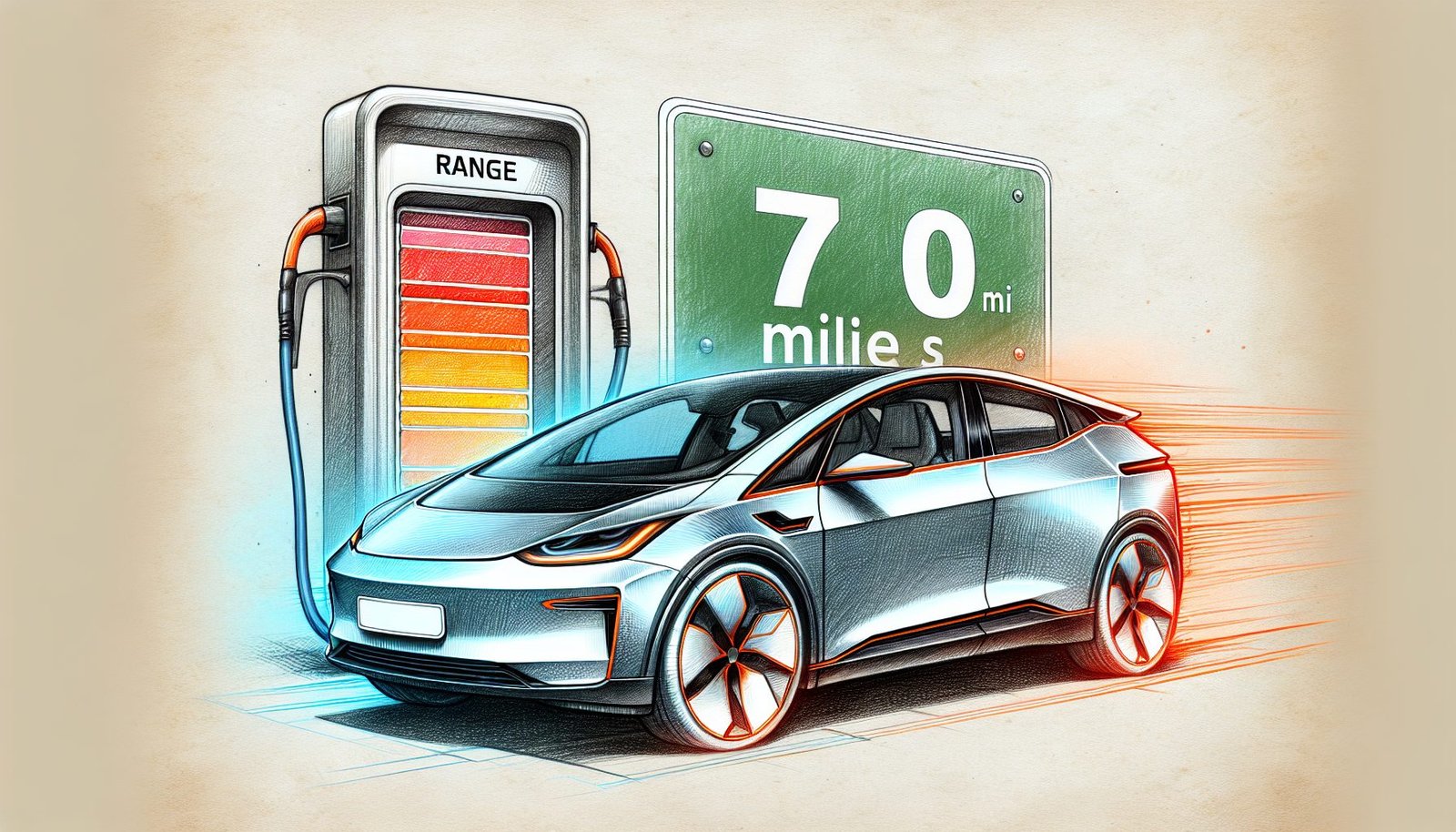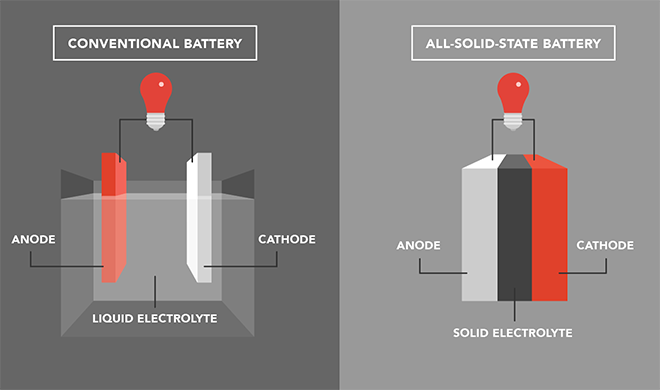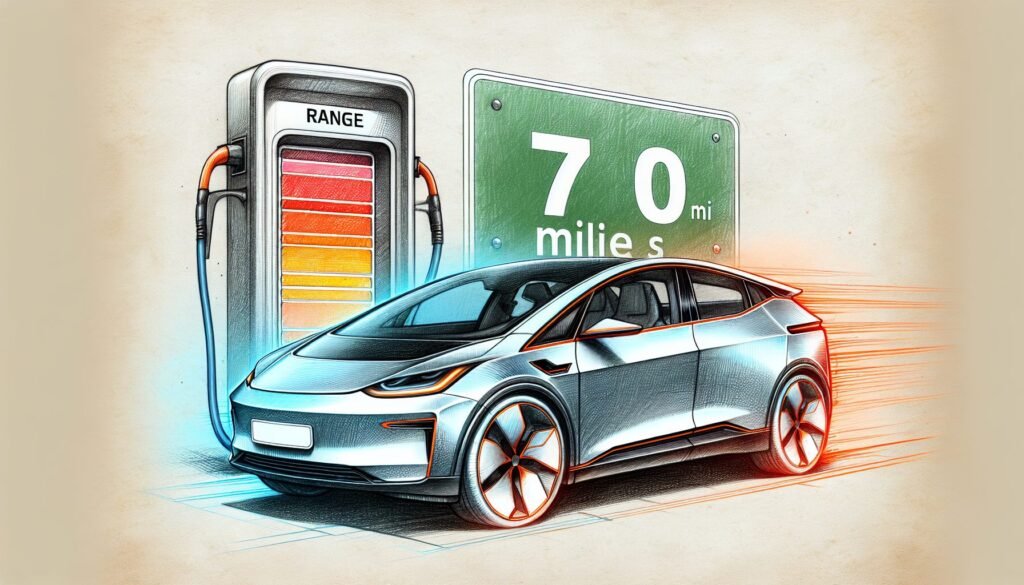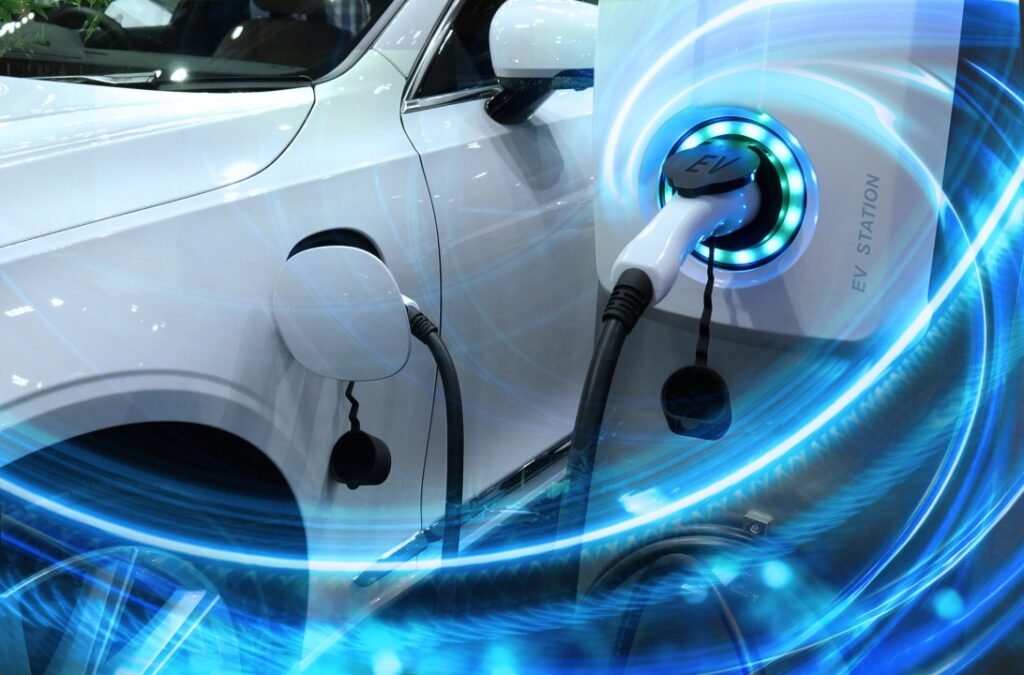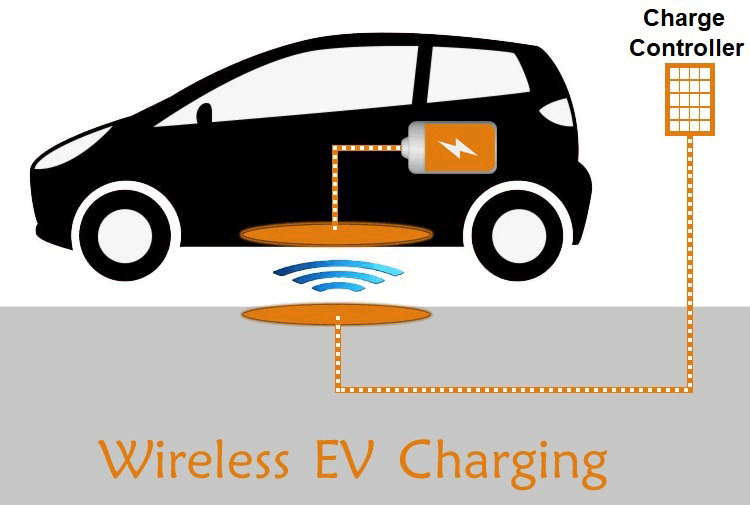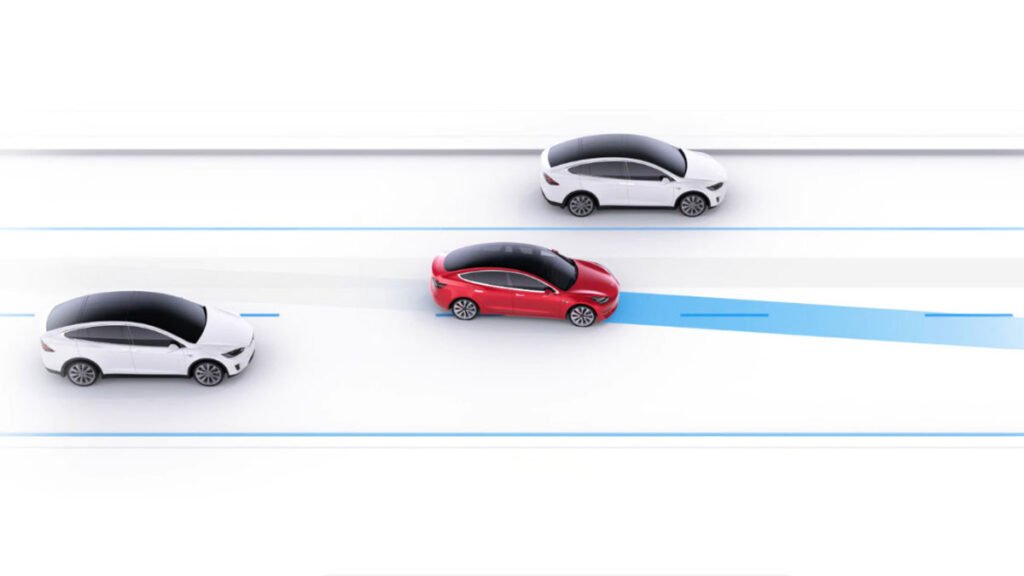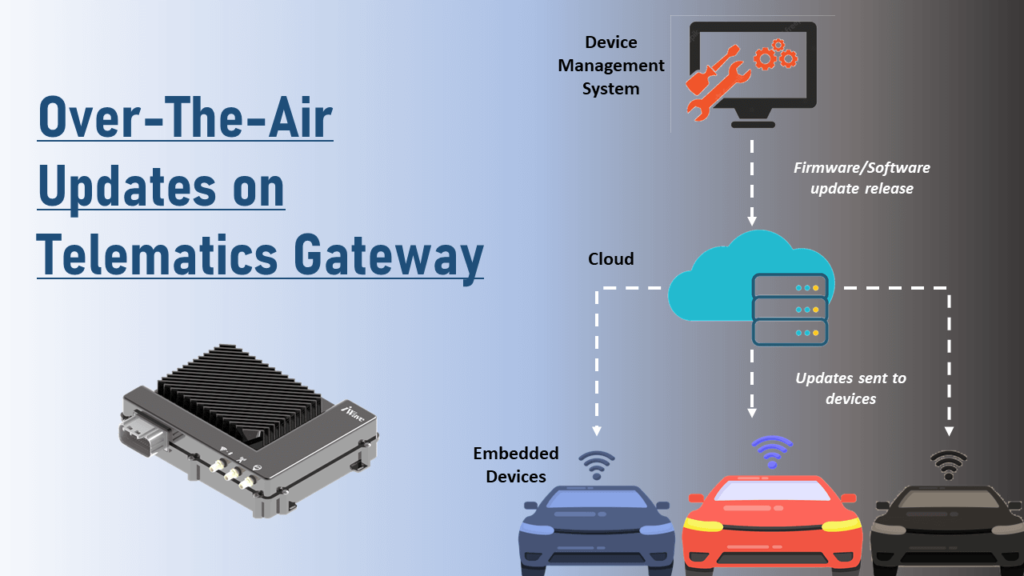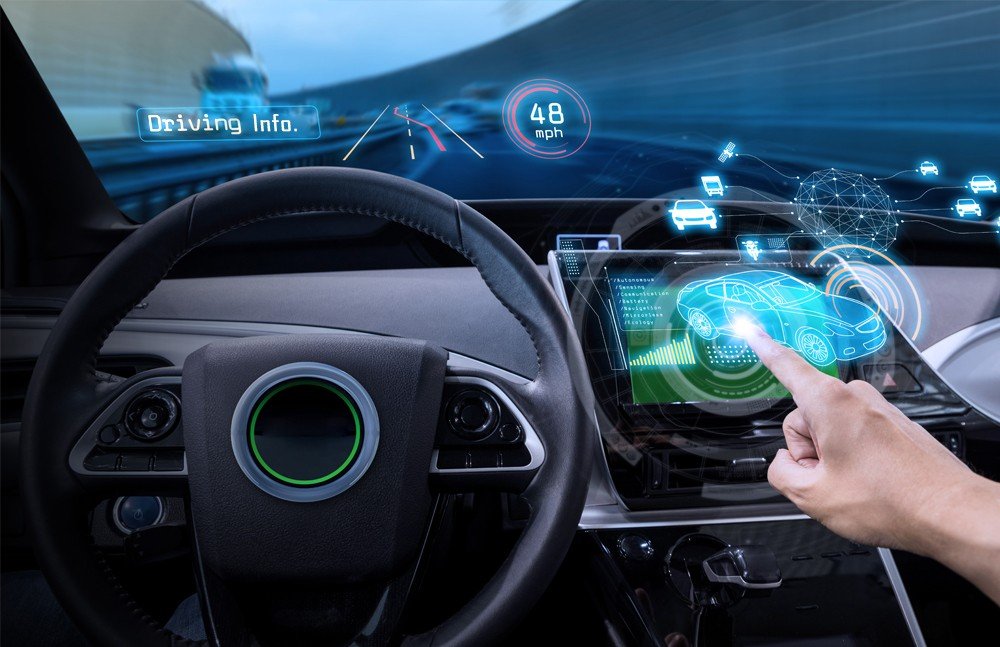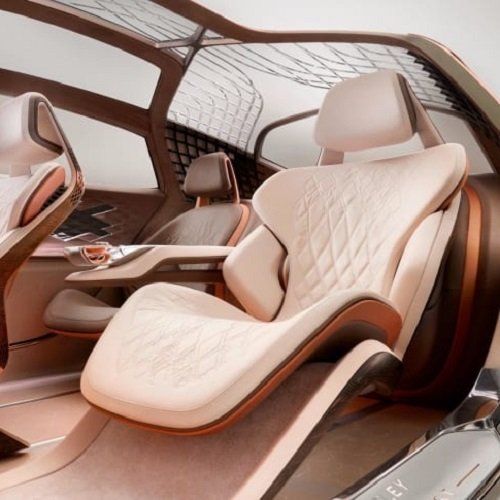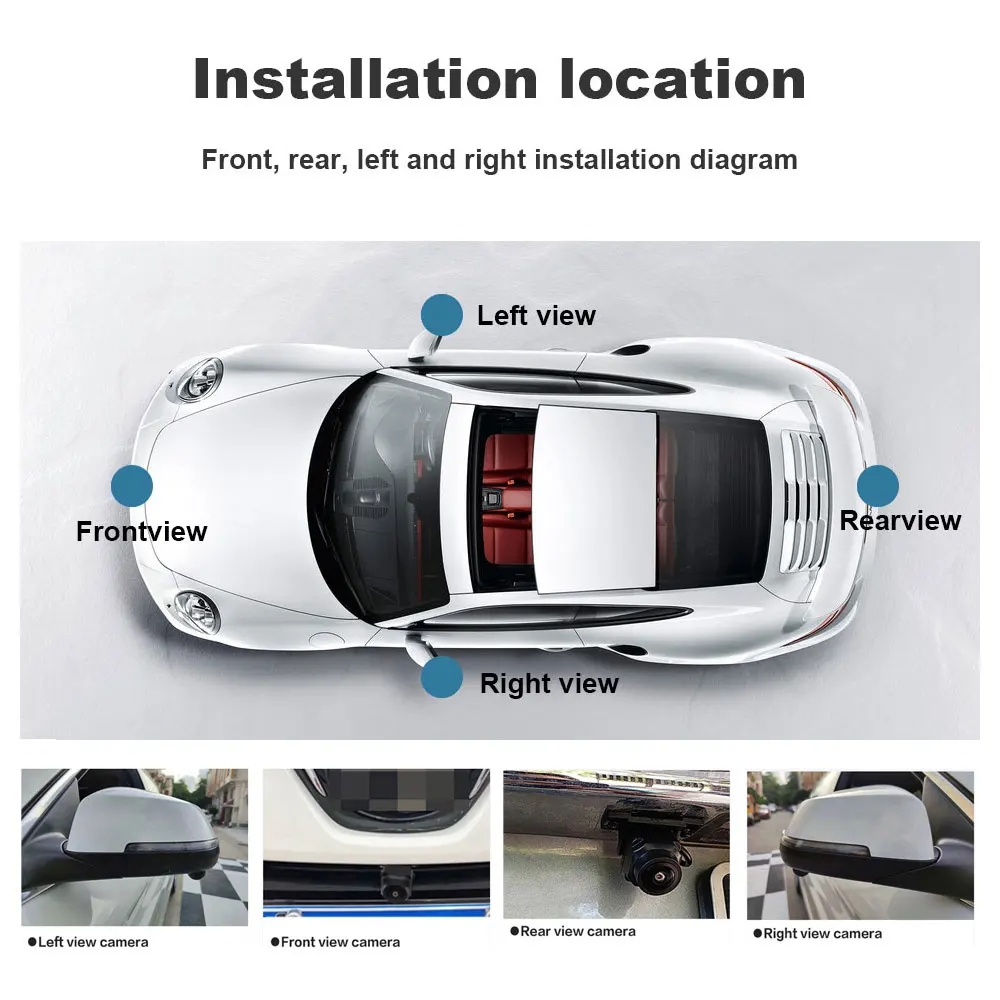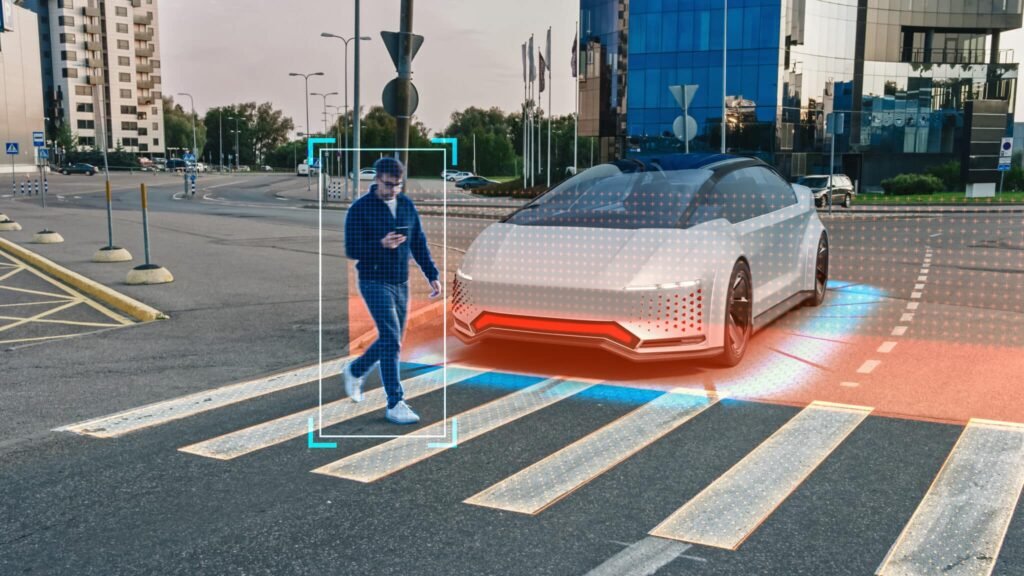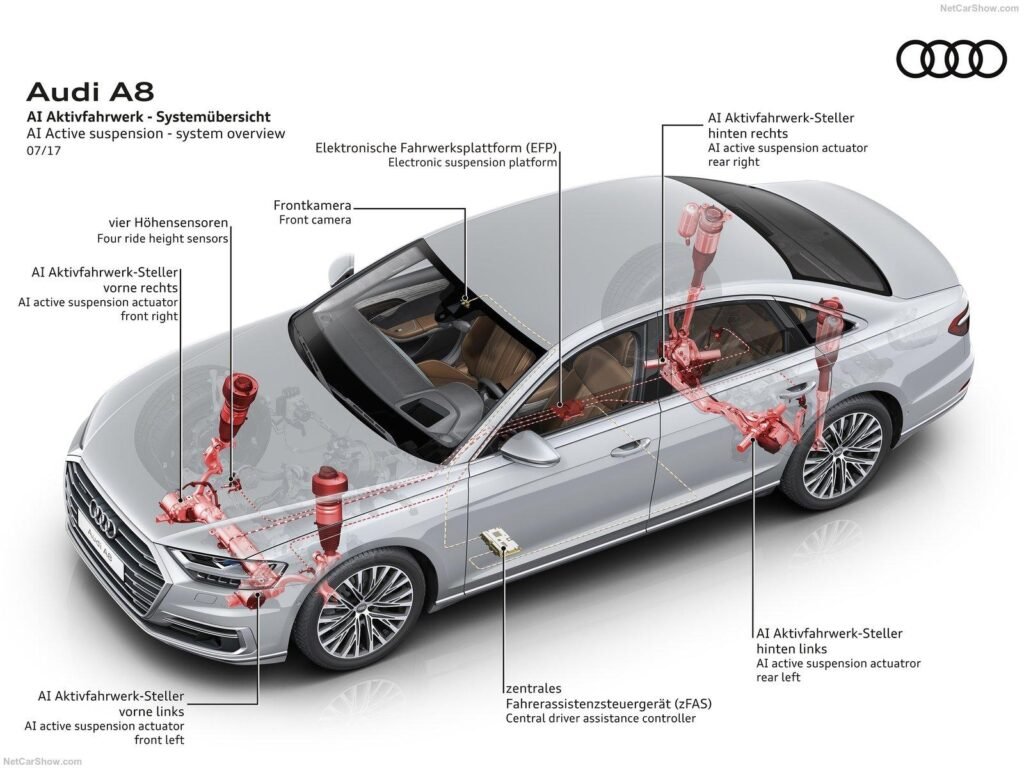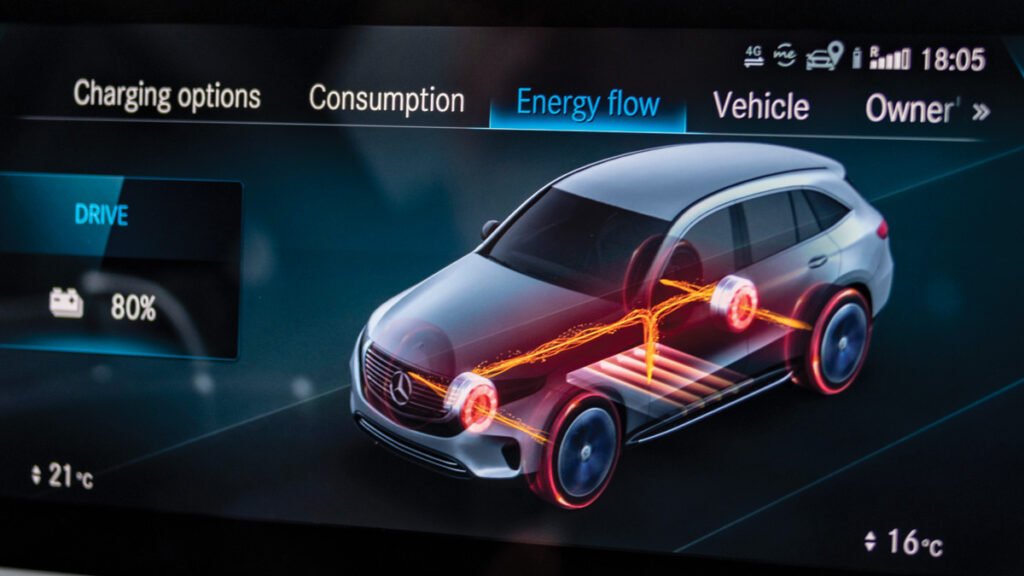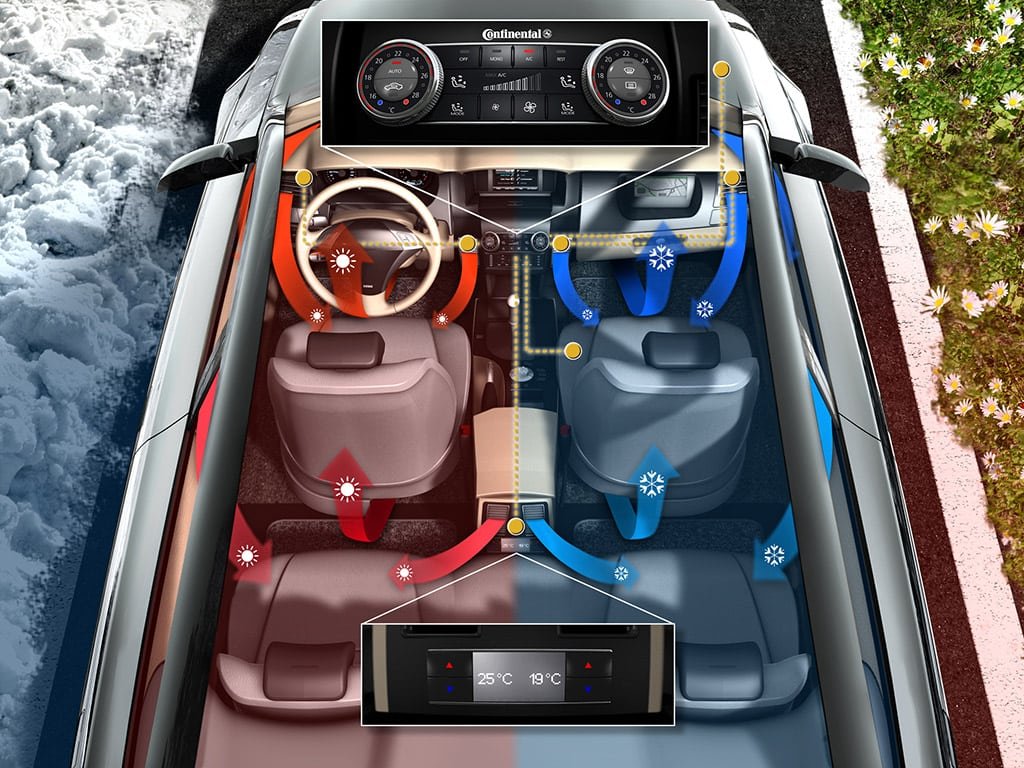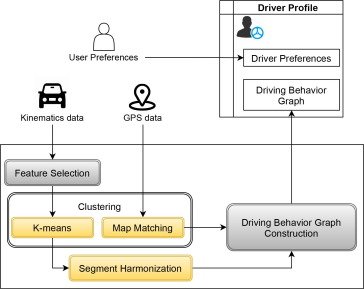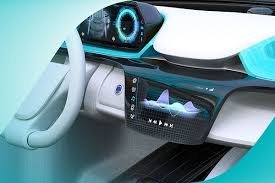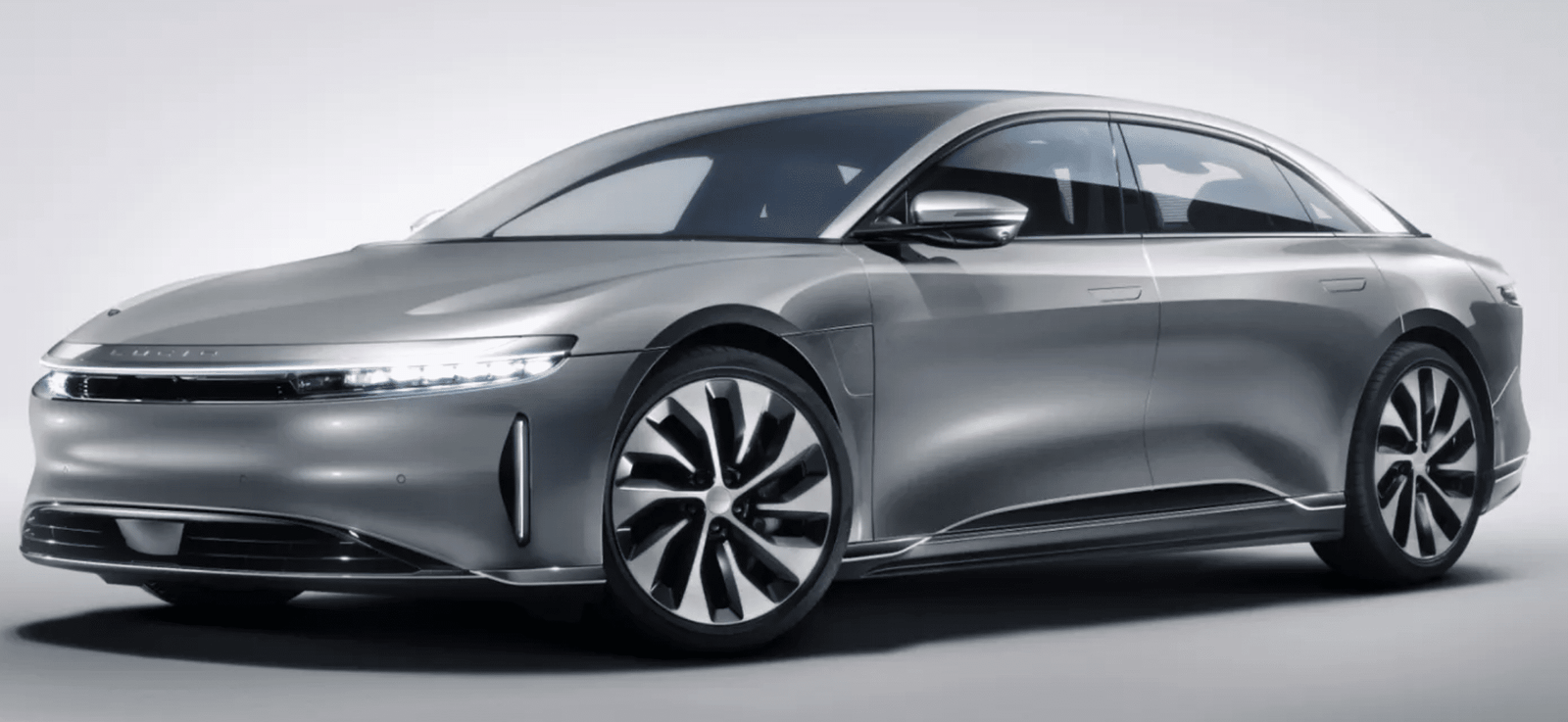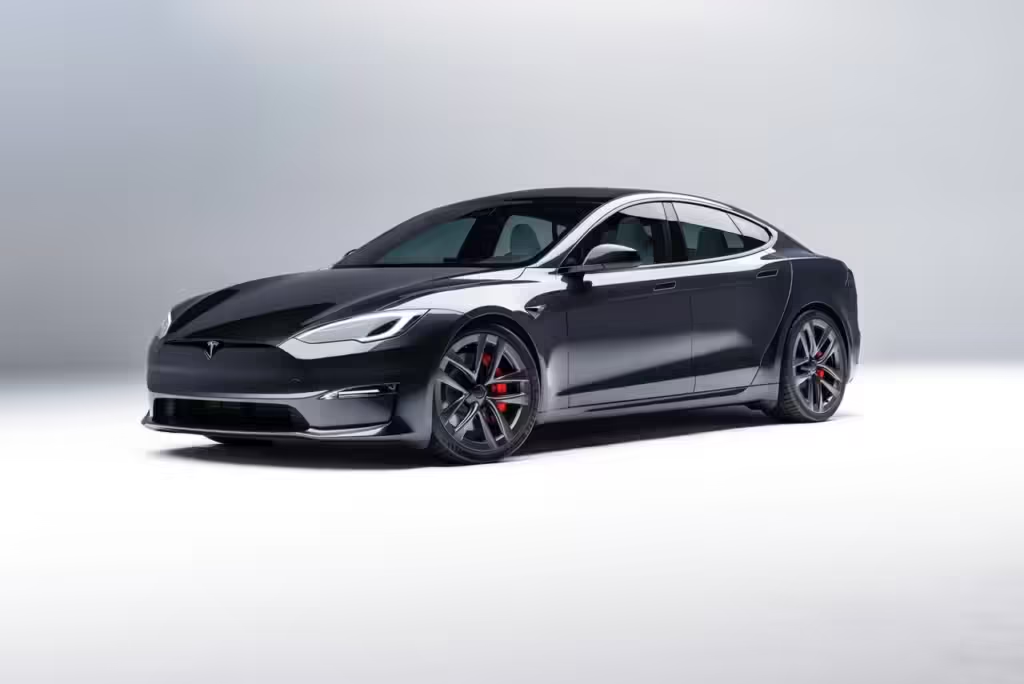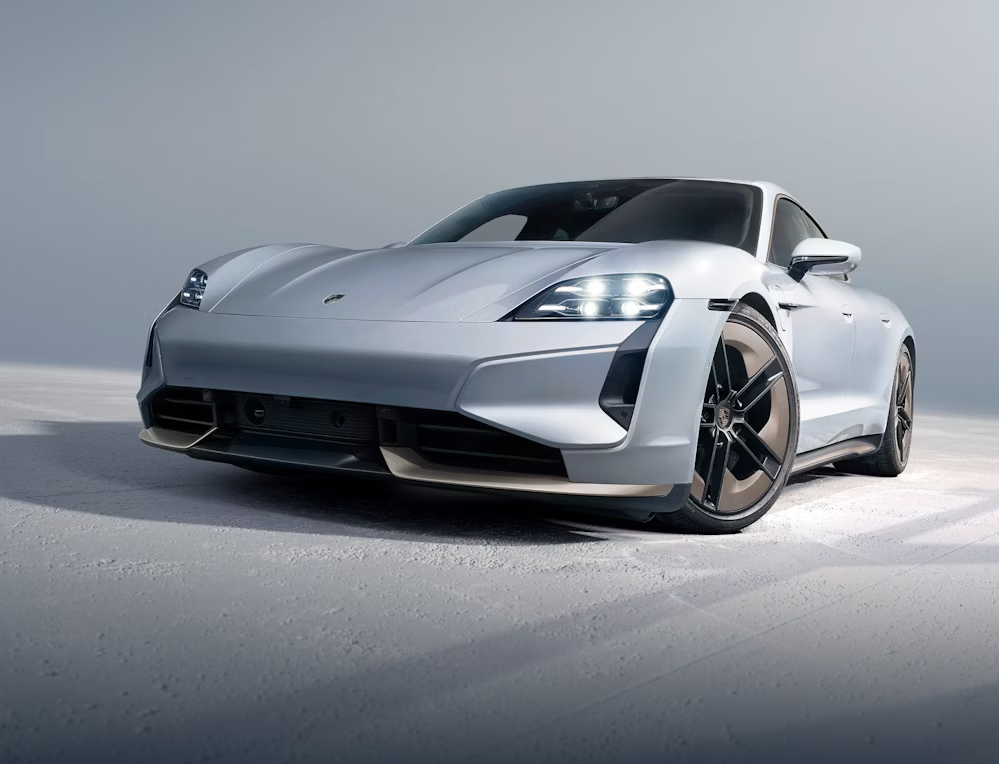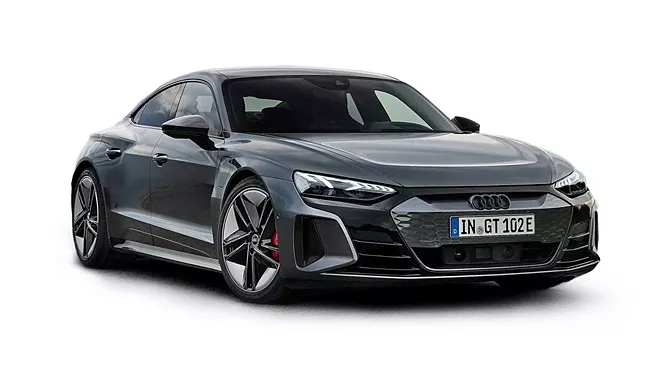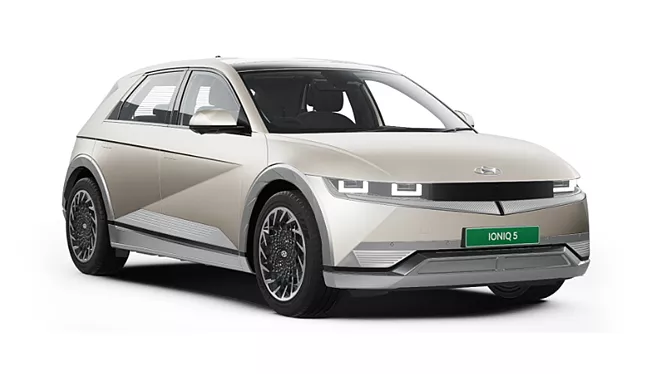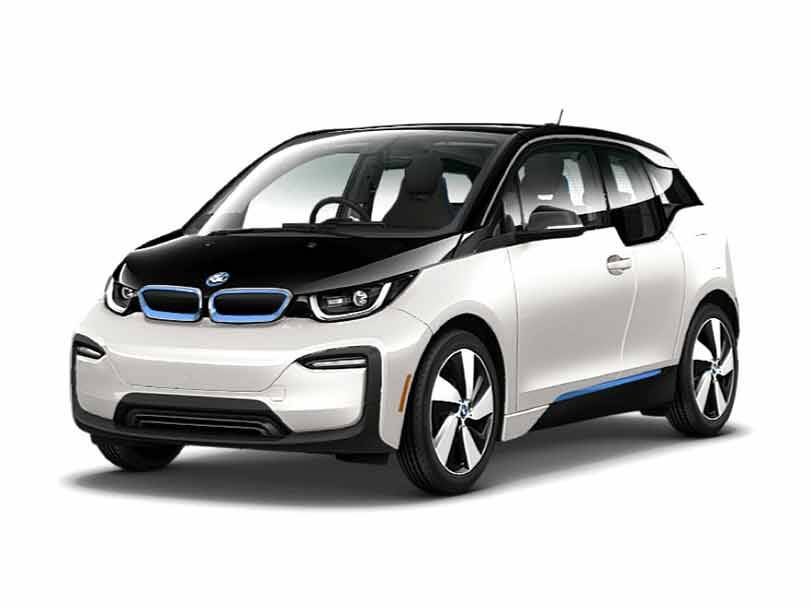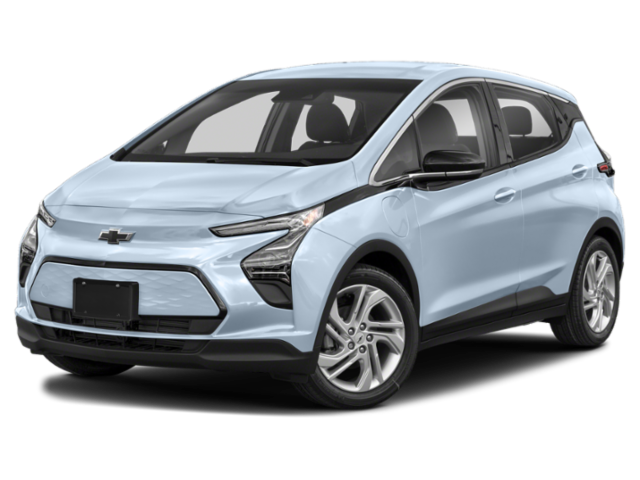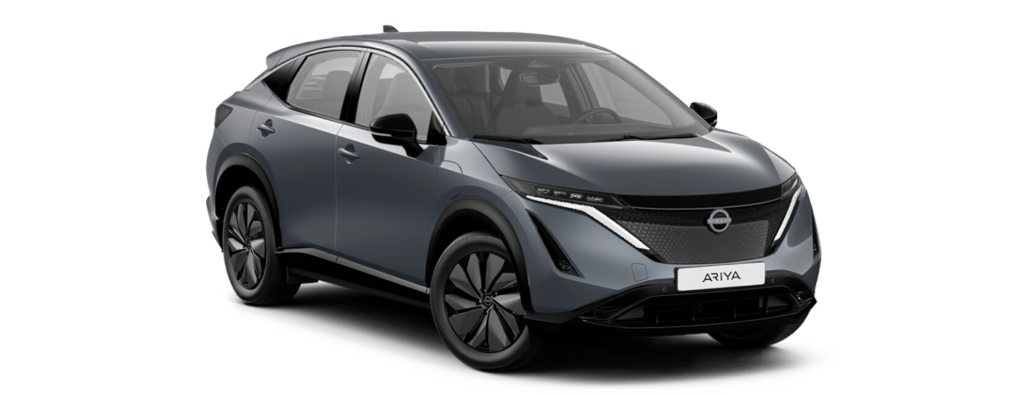When it comes to motorbike helmets, safety is paramount, but style also plays a significant role in a rider’s choice. Here’s a look at some of the best helmets that offer both top-notch protection and head-turning design.
1. Shoei RF-1400
- Safety: The Shoei RF-1400 is known for its high safety standards, featuring an Advanced Integrated Matrix (AIM+) shell and a dual-layer EPS liner that provides excellent impact absorption. It meets DOT and Snell M2020 standards.
- Style: This helmet offers a sleek, aerodynamic design with a variety of color options and graphics. Its compact shape reduces wind noise and drag, making it stylish and practical.
- Features: Includes a Pinlock EVO fog-resistant system, emergency quick-release system, and adjustable ventilation.

2. Arai XD-4
- Safety: Arai is renowned for its rigorous safety testing, and the XD-4 is no exception. It features a complex laminate construction for enhanced impact resistance and meets both DOT and Snell standards.
- Style: The XD-4 is popular among adventure riders, offering a rugged design that combines the functionality of an off-road helmet with the sleekness of a street helmet.
- Features: Ventilation is a strong point, with multiple intake and exhaust vents. The helmet also has an adjustable peak and a removable, washable interior.

3. AGV Pista GP RR
- Safety: Designed for racing, the AGV Pista GP RR is made from 100% carbon fiber, providing extreme protection while keeping the helmet lightweight. It meets DOT, ECE, and FIM standards.
- Style: This helmet is a favorite among professional racers, offering an aggressive design with bold graphics. It’s ideal for riders who want to stand out on the track.
- Features: Features include an integrated hydration system, optimized ventilation for high speeds, and a wide field of vision.
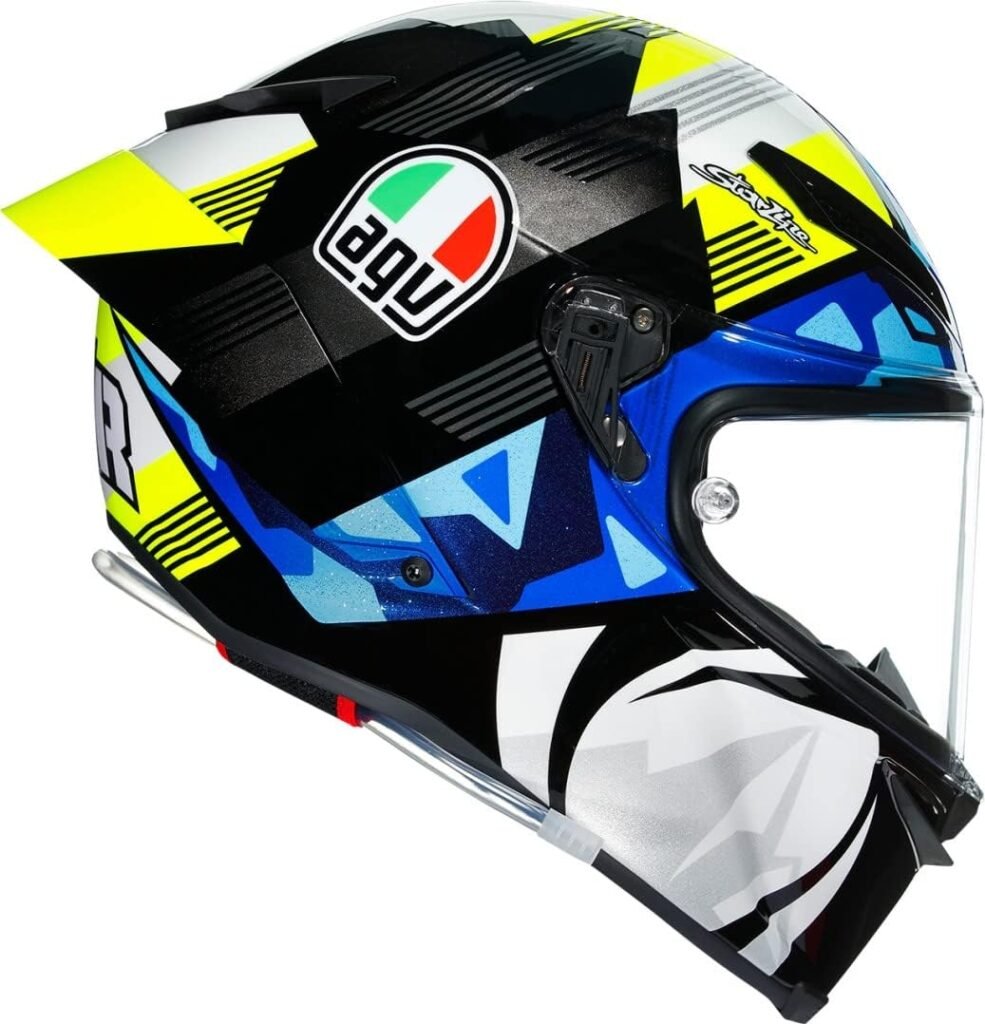
4. Bell Bullitt
- Safety: The Bell Bullitt combines retro style with modern safety features. It has a low-profile fiberglass composite shell that meets DOT and ECE safety standards.
- Style: Inspired by the original Bell Star helmet from the 1960s, the Bullitt has a vintage aesthetic that appeals to classic motorcycle enthusiasts. It comes in a variety of colors and finishes.
- Features: Includes an anti-fog, anti-scratch shield, and multiple ventilation points for comfort.

5. HJC RPHA 11 Pro
- Safety: The HJC RPHA 11 Pro is built with a Premium Integrated Matrix Plus (PIM+) shell, offering a strong yet lightweight design. It meets DOT and ECE standards.
- Style: Known for its sporty design, the RPHA 11 Pro is available in a range of graphics, including popular licensed designs from Marvel, DC, and Star Wars.
- Features: The helmet offers excellent aerodynamics, an advanced ventilation system, and a Pinlock-ready face shield.

6. Icon Airflite
- Safety: The Icon Airflite is made from a polycarbonate shell that meets DOT, ECE, and PSC standards. It’s known for its robust construction and reliability.
- Style: The Airflite is distinctive for its oversized, aggressive-looking face shield and bold graphics. It’s a great choice for riders who want to make a statement.
- Features: Features include a quick-change fog-free shield, integrated vents, and a removable Hydradry moisture-wicking liner.
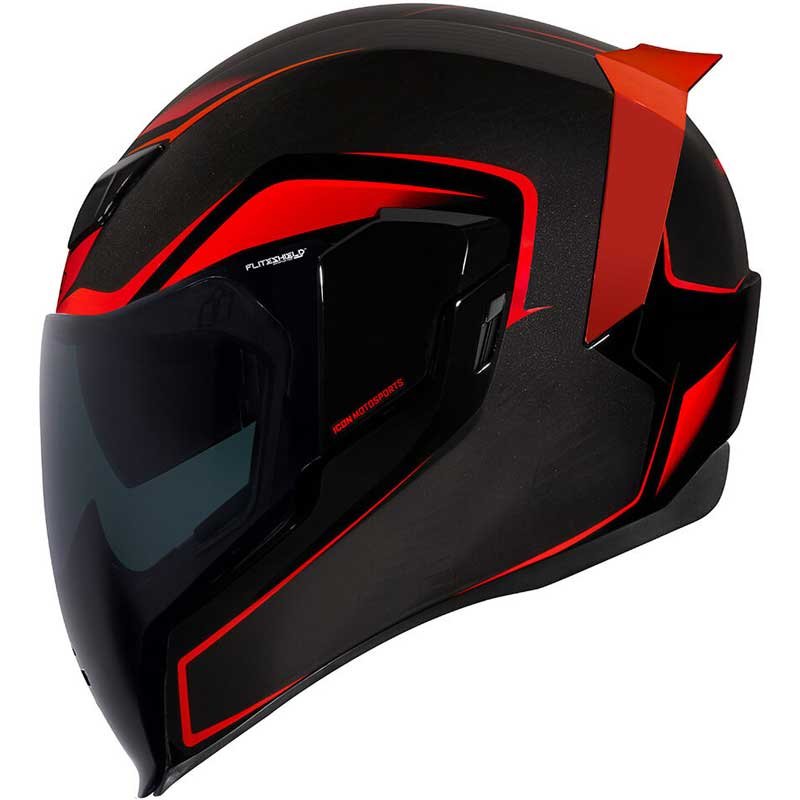
7. Scorpion EXO-R1 Air
- Safety: The EXO-R1 Air offers high-end protection with its multi-layered Ultra-TCT shell, which exceeds DOT and ECE safety standards.
- Style: This helmet has a race-inspired design with a sleek, aggressive profile. It’s available in various colors and graphic designs.
- Features: Includes a Pinlock MaxVision insert, inflatable cheek pads for a custom fit, and a titanium double-D ring closure for added security.

Conclusion
When selecting a helmet, prioritize safety features like shell construction, impact resistance, and certification standards. However, style is also essential, especially if you want to express your personality on the road. Whether you’re looking for a retro vibe, a modern race look, or something that’s both functional and fashionable, these helmets offer the best of both worlds.





















